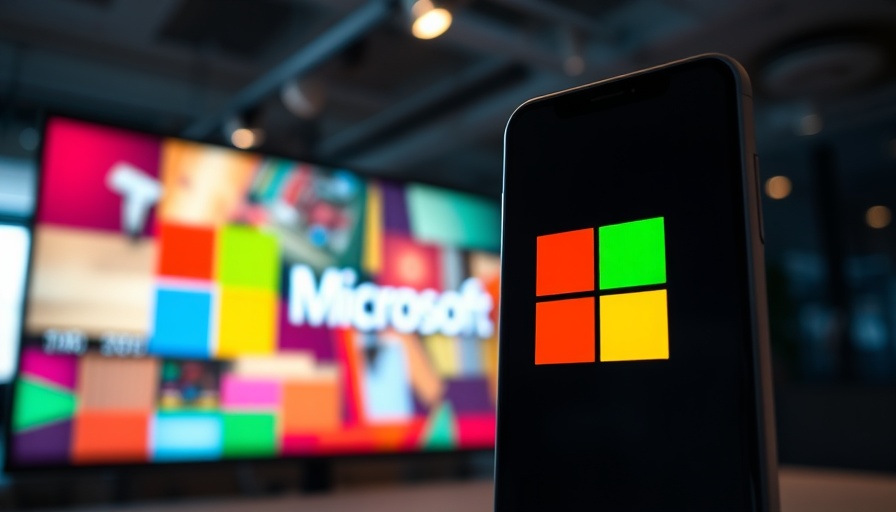
Microsoft Makes Waves in AI with Phi 4 Model Launch
In a high-stakes tech landscape where performance and efficiency are king, Microsoft has forged a path with its latest AI models, particularly the Phi 4 series, designed for low-latency environments. This development signals a metamorphosis in AI that could reshape how applications function across numerous sectors.
Understanding the Phi 4 AI Models
Launched on April 30, 2025, Microsoft’s new family of “open” AI models includes the Phi 4 mini reasoning, Phi 4 reasoning, and Phi 4 reasoning plus, all distinguished by their enhanced reasoning capabilities. These models were developed with a focus on providing a balance between size and performance, ensuring that even devices with limited resources can leverage advanced AI functionalities.
For example, the Phi 4 mini reasoning model, with a considerably compact size of approximately 3.8 billion parameters, was trained on 1 million synthetic math problems. This model is tailored for educational applications such as embedded tutoring, where instant problem-solving support is crucial.
Benchmarking Against the Competition
What sets the Phi 4 models apart is their performance metrics. The Phi 4 reasoning model boasts 14 billion parameters, integral for demanding fields like math, science, and coding. It competes directly with established models like OpenAI’s o3-mini and claims successful benchmarks on the OmniMath math skills test. Notably, the Phi 4 reasoning plus merges Microsoft’s earlier Phi-4 capabilities with enhanced reasoning features, approaching the performance of larger models such as R1, which is an impressive 671 billion parameters.
Impact on AI Development
This release encapsulates a pivotal shift in AI development and deployment, where Microsoft emphasizes the importance of efficiency. With these models, Microsoft aims to empower developers by providing robust tools that can handle complex reasoning tasks within smaller layouts. This means less dependency on heavy infrastructure, potentially opening avenues for innovation in mobile tech applications.
How These Models Function
Using advanced techniques like distillation and reinforcement learning, Microsoft’s research team illustrated how performance gains can be attained while keeping model sizes manageable. This innovative approach highlights the future of AI: devices capable of performing intricate reasoning without the weightiness traditionally associated with larger models. This blend of speed and functionality could lead to faster deployment of AI-driven applications across various industries.
Future Implications for Technology
The introduction of the Phi 4 models not only reflects Microsoft’s strategic foresight but also has broader implications for the tech industry. As organizations strive for smarter applications, the accessibility of advanced AI technology in smaller frameworks may lead to a surge in educational, business, and personal assistant applications, all designed to meet users' demand for immediate and effective solutions.
Conclusion: What’s Next for AI?
As the AI landscape continues to evolve, the ramifications of Microsoft’s Phi 4 series will likely resonate beyond immediate benchmarks. Tech enthusiasts and developers alike should watch closely as these models evolve and gain traction. With the potential for widespread application, knowledge about these advancements can assist in strategic planning and innovation.
Stay tuned to technology news platforms to keep up-to-date with all developments surrounding Microsoft’s latest products and their impact on the industry.
 Add Row
Add Row  Add
Add 



Write A Comment